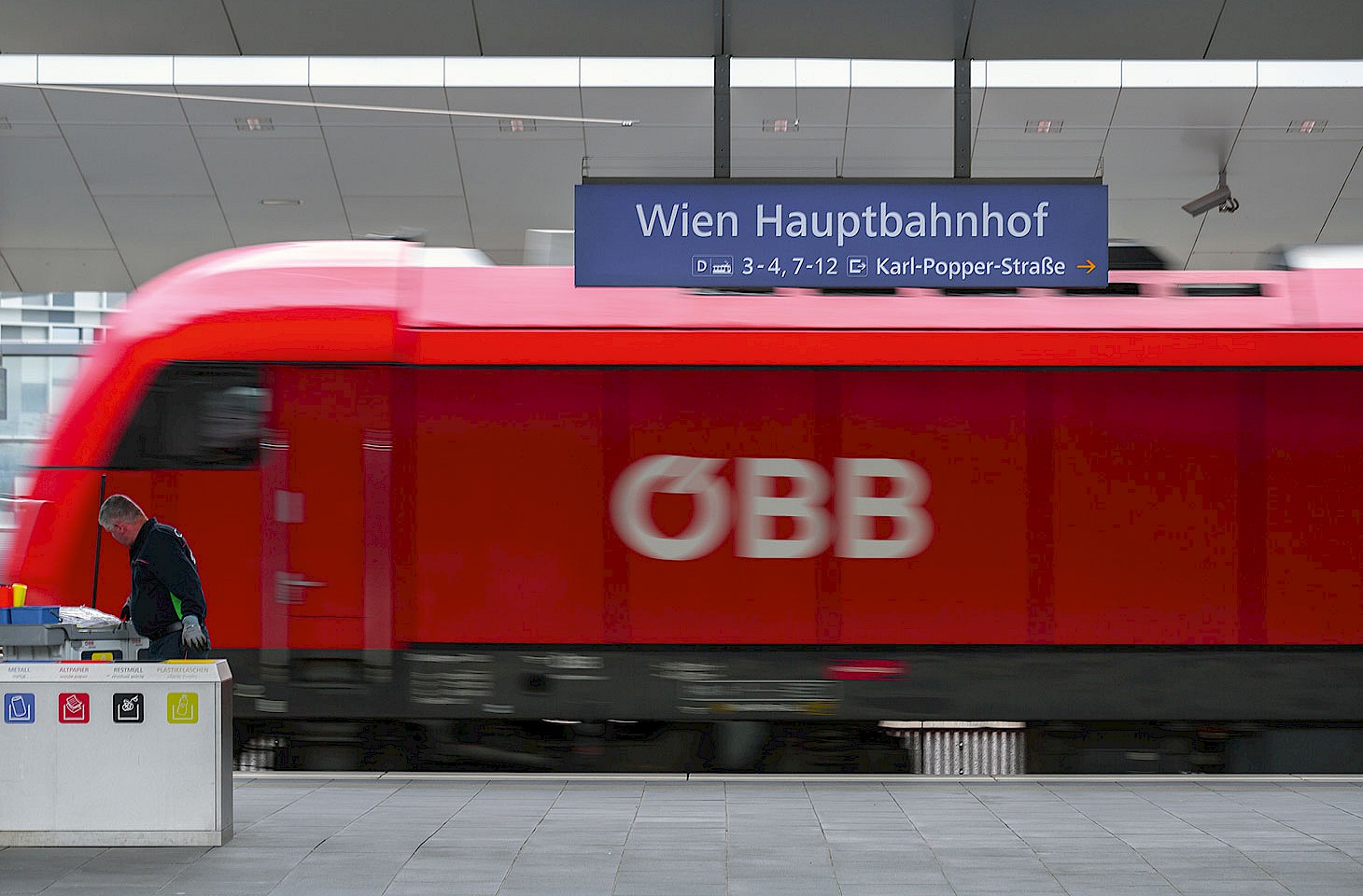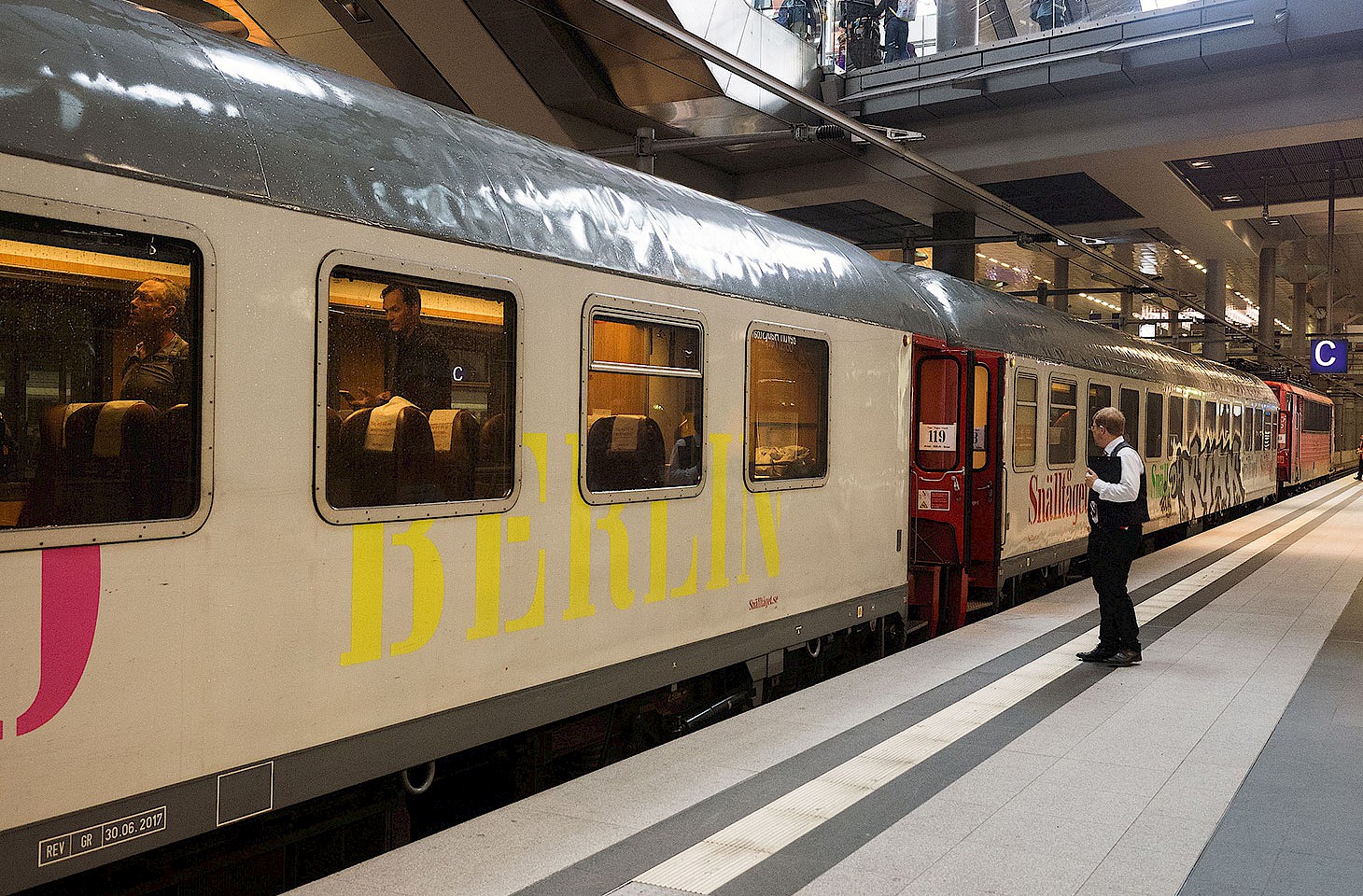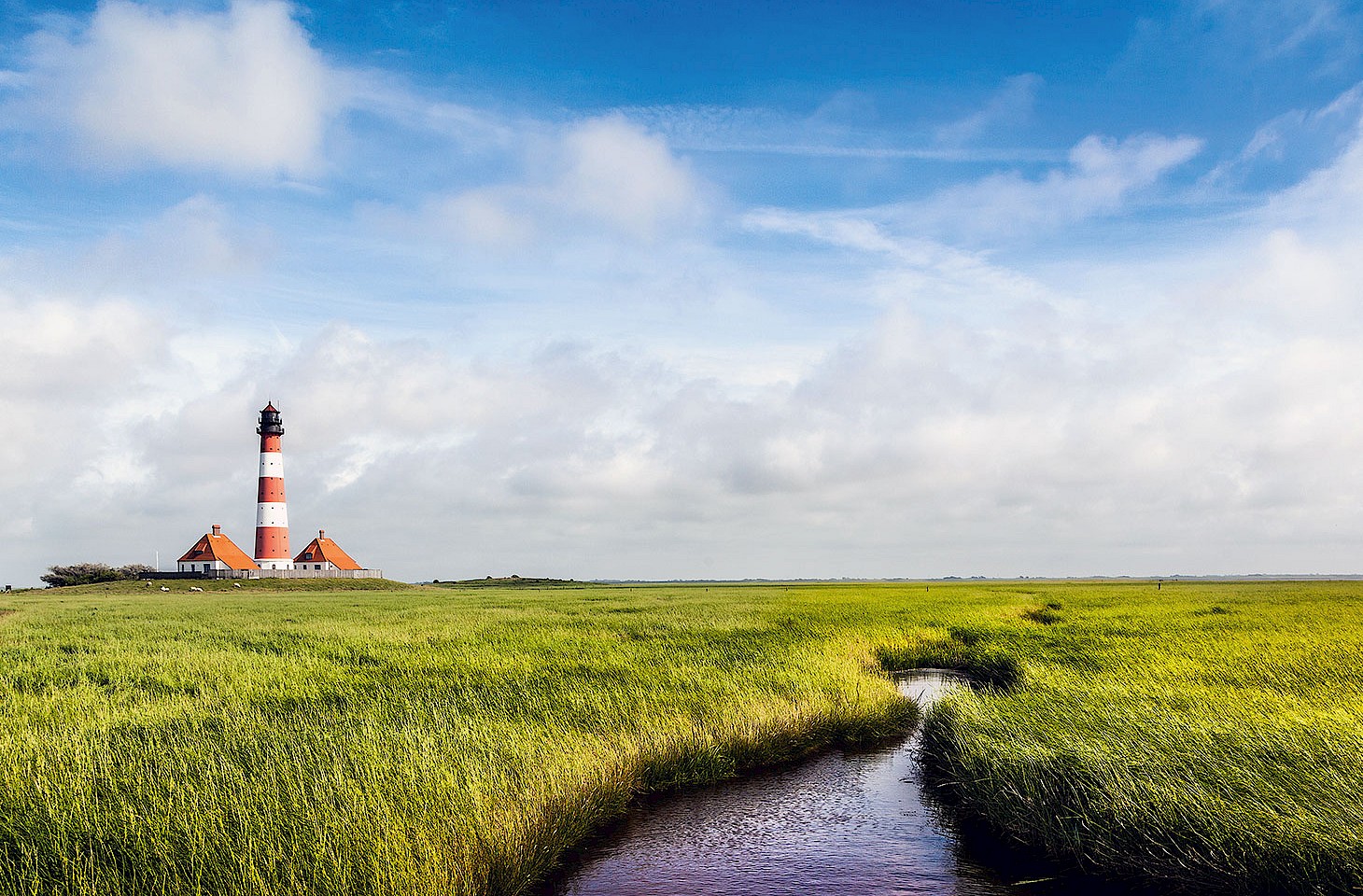I. Lichterfeld and the F60
Ditmar Gurk is an interesting man. For seventeen years, he has served the small community of Lichterfeld in eastern Germany as its mayor. Last time there were elections, five hundred people went to the polls and the vast majority cast their ballots in favour of Herr Gurk. Eighty-six per cent in fact. Being mayor of an out-of-the-way village in rural Brandenburg is scarcely a full time affair, so Ditmar Gurk runs an electrical business too.
Lichterfeld is one of those places that have not changed a lot in the last hundred years. Local entrepreneurs built a private railway through the region, but it by-passed the village proper, and somehow the engineers forgot to build a railway station. The passenger trains trundled by a few times each day until 1967. Then they stopped for ever.
Lichterfeld had rough cobbled streets that played havoc with a car's suspension. It is exactly the sort of place I remember from wandering around the German Democratic Republic in the eighties. One of those villages which smelt of brown coal and cabbage. A place where a thin veneer of dust covered the overalls hung out to dry only this morning.
Today, Lichterfeld still has those bumpy streets, but it is a neat and tidy place. A community where the house windows have flowers, candles or pumpkins that tell of changing seasons. And the dust has gone. East Germany has had a spring clean and the acrid cloud of smoke that once hung over Lichterfeld has disappeared. Today the skies are clear, for the new breed of power stations that generate electricity from brown coal never pump anything nasty into the air from their glistening chimneys - just little mock wisps of cirrus, virginal and pristine, that look like cotton wool. You could leave your overalls out in the back yard in Lichterfeld for a week, and still they would not have a speck of dust on them.
The old men in Lichterfeld once worked in the opencast brown coal mines, the power stations and the glass works. Others found work in the local agricultural co-operative. Nowadays, many of the young people in Lichterfeld are unemployed. Others work on the F60. Yes, the F60, Mayor Gurk's extraordinary effort to put Lichterfeld on the map.




